Even though I knew this river would be blown out due to the rain we received, I was in the area and decided to check it out.
There are two sections near the Buller Hatchery: the special regulation section from the Buller dam downstream to the hatchery boundary and the unstocked section above the dam. About 25 yards at the dam parking lot is a free-for-all with no restrictions. I pulled up to the dam around 0730 on an early March morning and was surprised to see all the folks fishing there. It turns out they just stocked up, and folks were there to catch a meal with whatever they could tie on a hook. The water was a deep, deep brown – got to admit that worms and powerbait blast right through water that would kill any luck for a spin or fly guy.
But I was not there to meat fish. I loaded up and started to hike up the road. About 25 yards from the end of the dam area, past a sign that asserted the river upstream was not stocked, there is a gate that spanned the nice gravel road – just tempting you to continue driving past the dam. It was open when I got there, but the shiny lock and the sign provided ample warning to anyone who would drive in. This is a private road. I’m sure that the residents who live beyond the gate all have a key to that shiny lock and, if one of them decides to close the gate, any violator could be trapped. Not being one to take that risk, I continued to trudge up the medium-steep hill.
[Update – Park below the Dam and follow the road across the hatchery pools to a trail that leads up the opposite side of the river. Much easier!]
As you walk, you can look down at the river below. All I could see was brown, boiling sludge with numerous whitecaps. Oh well, I continued to stroll, and eventually, the hill dipped down and opened on a wide field at about 0.75 miles from the start. At this point, houses start to pop up. Some lucky soul built vacation homes within spitting distance of the river. Most were occupied, so many of the residents must be there year-round.
After following the road across the field, it hit the river again. I noted that the banks were very steep. You would have to be careful where to get in or out, especially on a day like this, when the water was a raging torrent ripping out the guts of the valley as it raced downstream to the dam.
Noting that the river’s basic structure looked pretty good, I continued up the road. More and more homes popped up, but there were no posted signs next to the river. Perhaps these folks coexist with the few hardy souls who trek over the steep hill to get back into their valley.
Even though the river was totally blown out, I had to give it a try. I loaded a dark bugger on and gave it a few flips at the top of my walk in a wide area of the stream marked with a number of boulders breaking the flow. Despite my best efforts, it was just not meant to be with the 42-degree water joining the conspiracy of mud to limit the interest of fish in food. Nothing.
Well…. I had seen it anyway and packed up to begin the long walk back to the truck.
Holston Trout Fishing Bottom Line: I am wary of areas that are not stocked. Unless it is a huge fishery like the South Fork of the Holston down in TN, I suspect the pressure cleans out the fish before they can reproduce. Given that, I do not think I will do the trek across the top again. Rather, I’ll just work the area next to the dam (both upstream and downstream) that is stocked.
However, in Murray’s book, he asserts that this is a rich river and that there is a vibrant, reproducing population. Also, I did not visit the section of the river that parallels VA 670. So, there is plenty of unexplored water here. Probably the best approach would be to stop by the Virginia Creeper Fly Shop in Abingdon with a map and get better directions and guidance from the pros there.
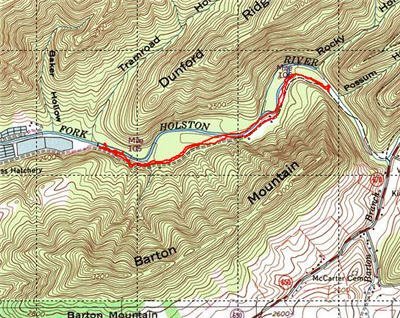
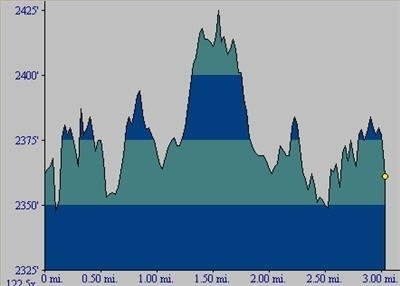
Getting There: Mapquest yourself to Marion, VA. From there, go south on VA 658 until it hits 650. Turn left onto 650 and follow it to the Hatchery. Be alert for the road sign to turn into the Buller Hatchery. Once there, follow the road all the way up to the dam and park there to work either the upper section I walked or the trophy trout C&R area below the dam.
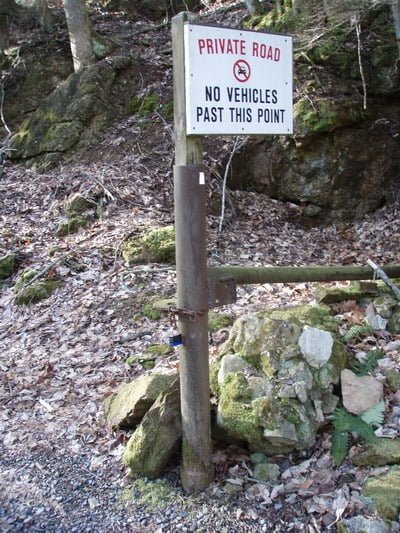
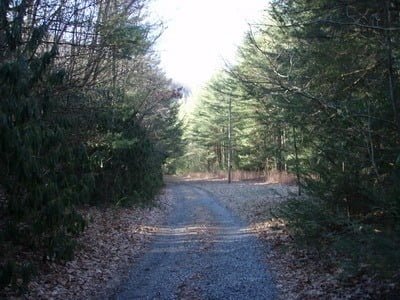
Walking is easy on the road
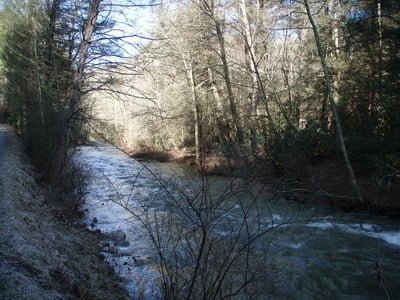
Note the high banks

Looking upstream where I turned around
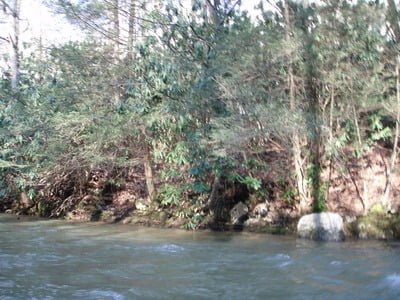
High banks, dense foliage
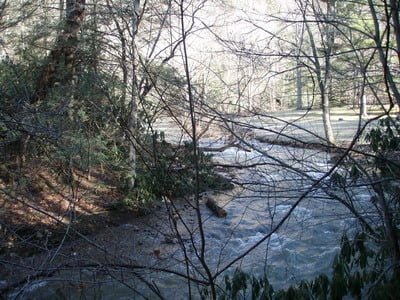
There seem to be a lot of these tight, rapid areas
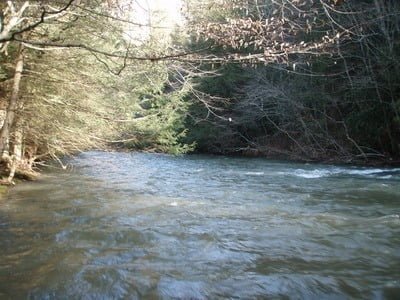
Totally blown out on the day I was there
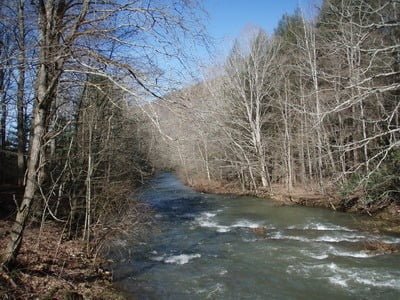
Looking downstream into the special reg area
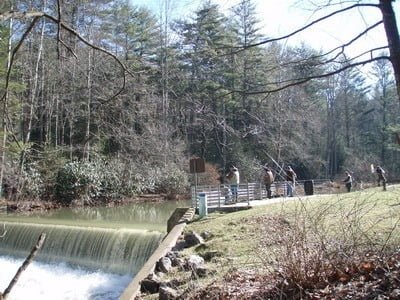
Denizens of the dam
Unless stated otherwise, this article was authored by Steve Moore


